Healthcare Revenue Cycle Management (RCM) involves the financial process of managing patient claims, payment, and revenue generation. Key Performance Indicators (KPIs) are essential in evaluating the effectiveness and efficiency of the healthcare revenue cycle. Here are some important KPIs for evaluating healthcare revenue cycle management:
Days in Accounts Receivable (AR):
- Definition: The average number of days it takes to collect payments after a service is provided.
- Formula: (Total AR / Total Daily Charges) * Number of Days
Cash Collection Ratio:
- Definition: The percentage of billed charges that are collected in cash.
- Formula: (Cash Collected / Total Billed Charges) * 100
Clean Claim Rate:
- Definition: The percentage of claims submitted to payers that are processed without any rejections or denials.
- Formula: (Number of Clean Claims / Total Number of Claims) * 100
Denial Rate:
- Definition: The percentage of claims that are denied by payers.
- Formula: (Number of Denied Claims / Total Number of Claims) * 100
Net Collection Rate:
- Definition: The percentage of revenue collected from the total amount that could be collected.
- Formula: (Total Payments / (Total Charges – Contractual Adjustments)) * 100
Revenue per Procedure:
- Definition: The average revenue generated per healthcare procedure or service.
- Formula: Total Revenue / Number of Procedures
Percentage of Self-Pay Collections:
- Definition: The percentage of revenue collected directly from patients without involving insurance.
- Formula: (Self-Pay Collections / Total Revenue) * 100
First-Pass Claim Resolution Rate:
- Definition: The percentage of claims that are accepted and paid by the payer on the first submission.
- Formula: (Number of Claims Paid on First Submission / Total Number of Claims Submitted) * 100
Payer Mix:
- Definition: The distribution of revenue from different payers (insurance companies, government programs, self-pay).
- Formula: (Revenue from Payer X / Total Revenue) * 100 for each payer
Average Reimbursement Rate:
- Definition: The average amount received from payers for services rendered.
- Formula: Total Reimbursement / Number of Claims
Cost to Collect:
- Definition: The cost incurred to collect one dollar of revenue.
- Formula: (Total Cost of RCM / Total Revenue) * 100
Patient Satisfaction with Billing Process:
- Definition: Patient satisfaction scores related to the billing and payment process.
- Measurement: Surveys, feedback, and complaints related to billing and payment.
These KPIs provide insights into different aspects of healthcare revenue cycle management, helping organizations identify areas for improvement, streamline processes, and optimize financial performance. Regular monitoring and analysis of these indicators can contribute to a more effective and efficient revenue cycle.


